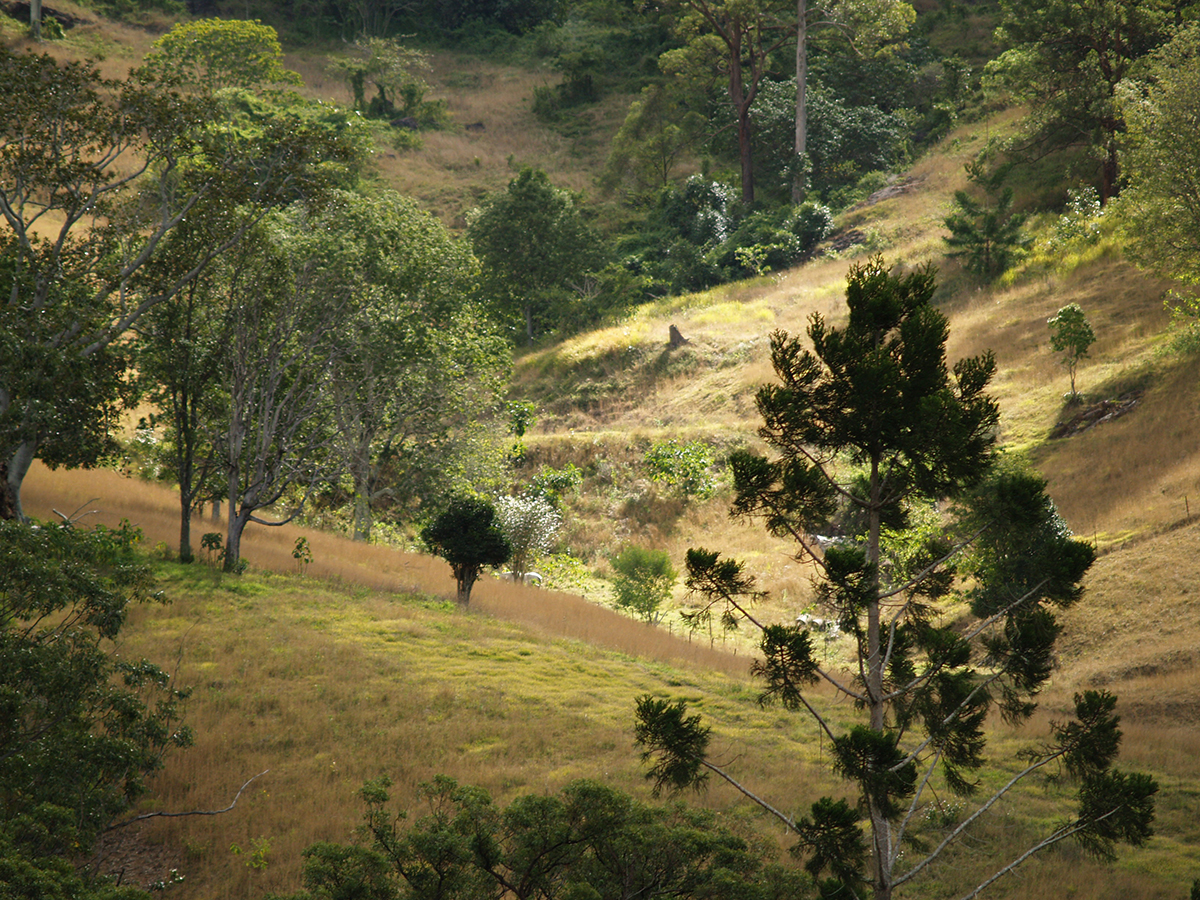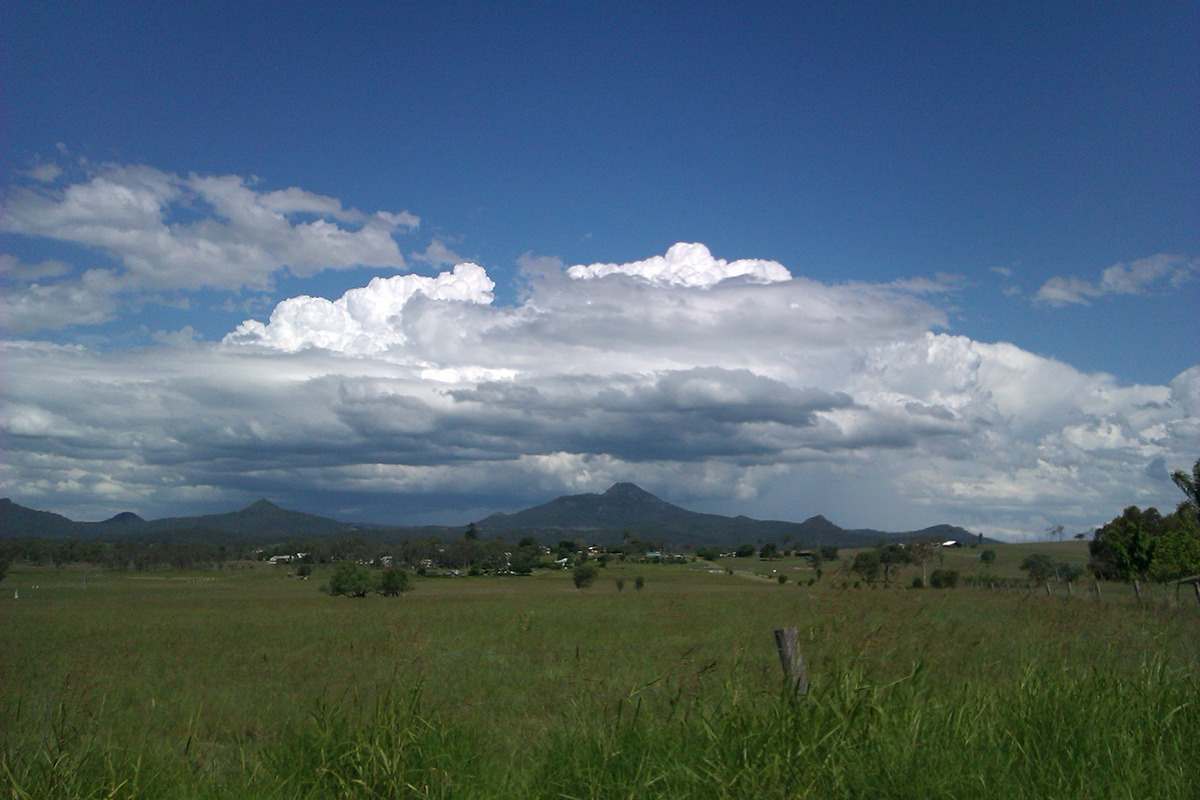Grasslands, or prairies are vastly misunderstood things. When my wife and I purchased our first property, environmentalism culturally speaking was focussed on retaining habitat and clean water for all living creatures. The majesty of wilderness is what motivated me back then and what motivates me today to push against the current city centric environmental rhetoric. It’s telling the Greens have their biggest voter bases with people who choose to live in cities.
In 2006 I travelled to the US for work, I was based in Lawrence, Kansas. The Great Plains. One afternoon I took the afternoon off and visited the Tallgrass Prairie Reserve an hour away. The first big surprise was the biodiversity. I learnt that prairies are diametrically more diverse than most forests are. Their plethora of nectar and seed producing plants makes for an unrivalled food source to insects and marsupials. They in turn provide a food source to reptiles, birds and smaller mammals. I assume you like I was at the time aware of the large grass eating mammals that call grassland their home. Grasslands it appears feed the world. But that’s obviously not the whole story. We for instance, don’t sleep in our grocery stores.

Our first farm was a hilly mix of forest and grasslands. It was situated in a picturesque valley down the far end of another valley. We had grandiose plans to create bush walking paths to enjoy nature, leaving just enough space free for grazing our livestock. Sadly, however I soon realised although picturesque, the property was almost completely devoid of any native wildlife. The forest smattered around the ridges of the property including the homestead was all regrowth of three main species of eucalyptus. The area had been heavily logged for red cedar roughly one hundred years prior, consequently the more aggressive growing plants dominated reducing the biodiversity.
To make matter worse, the surrounding bushland had provided excellent cover for transient wild dog packs to move undetected in and out of the area. In Australia introduced species are a huge problem. Australia was home to an abundant array of marsupials that evolved unhindered by the presence of predators. After European colonisation several predators were introduced specifically, foxes, pigs, cats and dogs. In the case of the latter, they had the advantage of being capable of mating with a naturalised species of dog the Australian Dingo. I joke that we have effectively introduced wolves to the continent. With the natural survival abilities of the dingo and the size and strength of the larger European dogs, we’ve allowed the evolution of far more dangerous animal than the native species can cope with. Regardless of my attempts to control the wild dogs, we lost pets, wildlife and livestock. Dogs are highly intelligent and work in teams (packs). Anyone who has studied combat knows that it’s a numbers game. Wild dogs can take down a fully grown steer. And they are clandestine.
The other main gripe I had with the place was bushfire. We had purchased the property from some city slickers who had lost their nerve after a bushfire came down the mountain to less than 100 metres of the homestead. At the time I still held on to some overconfidence of youth and set about clearing the fire breaks. With blood sweat and tears I set about clearing the old overgrown fire trails. A moderate sized tree is well over one metric tonne and they ran all the way up and down the mountain a distance of 800m. The job almost broke me. The property was incredibly beautiful, however, completely impractical and dangerous. The work to maintain it and my job to pay the exorbitant mortgage left little opportunity to enjoy it. I should point out that the various State and Local bylaws prohibited land clearing, so we were stuck with the fire danger to some degree. Ironically, the same state and local governments stage what they call ‘hazard reduction fires’ which are effectively deliberately lit bush fires.
After five or more years my wife and I sold up and moved somewhere easier. Perhaps we over-corrected, purchasing an almost treeless landscape devastated by too many dry years and over grazing. It was however half the price and far more suited for livestock grazing and considerably less dangerous for me. On the previous property I had rolled a tractor on one of the many slopes.

We have been on this current property for over 15 years and I can safely say its supporting an easier lifestyle and a greater selection of wildlife. Although comparing the two at face value you’d never have guessed it. Yet we have multiple species of frogs regularly sticking to our windows at night during the warmer months. This surprised me until I learned frogs like to be dry some of the time for the health of their skin. Frogs can find somewhere to roost during cold and dry weather with ease. They just need a clean environment to feed with plenty of insects and pools of high water for egg laying where toads cannot lay. (the introduced cane toad’s tadpoles are larger and carnivorous).
We have three of the top five deadliest snake species here. We’ve had some massive vet bills as a result. But to their credit they don’t pick fights and they eat the introduced mice and rat species by the bucketload.
It is not unusual to find 100 or more pink or white galahs grazing on our lawn. Sometimes we have as many ibis picking the ground spiders out of their lairs. There is half a dozen or more species of raptor including wedgetail eagles. We have a kestrel couple that roosts in our carport during the cooler months. Black kites follow me around on the tractor looking for escaping mice and snakes. At the time of writing, we cannot go into our backyard as a pair of masked lapwings have young. They expertly dive bomb anything within a hundred meters of their nest (scrape).
Kangeroos. They ruin our fences and eat the grass down to the dirt, but fortunately for them they are quite majestic, and importantly protected. I have mitigated eastern greys during very dry years, but we had many wet years and I happen to like them. I will again control numbers when that is within their interests.
But all these animals, including humans need trees. We planted over 500 tube stock four years ago, all endemic species. Most are still alive I’m glad to say. Some have gone crazy growing over four meters over that time. Along with these trees comes an array of insects and spiders. But the focus of this round of planting was in fact to create a wind break and slow the winds drying effect. Trees have many benefits beyond habitat, they and absorb carbon and provide oxygen. Imagine if the business world could make money from planting trees? Sadly, its actually the only proactive solution to carbon emissions we have, if you believe that is the problem it’s made out to be. I don’t, but I’m interested in history and I’m pragmatic.